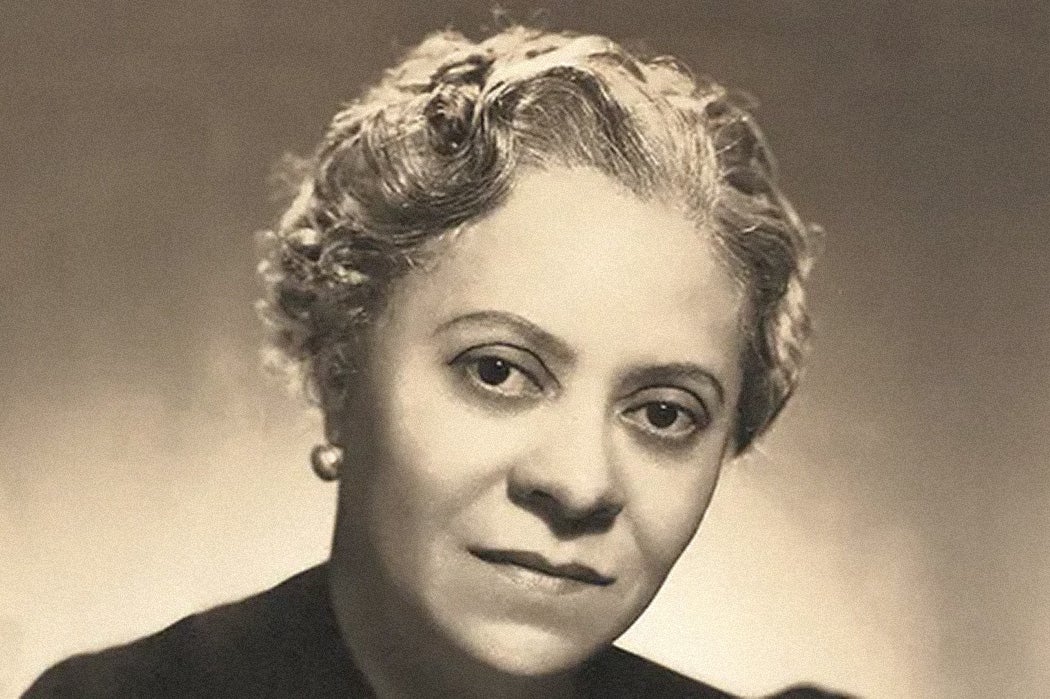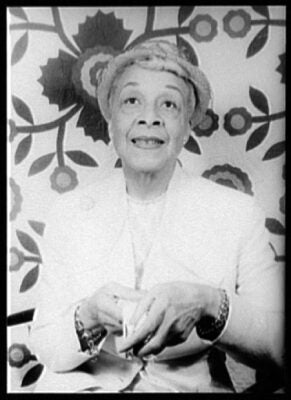By the late 1970s, “[t]he music of [B]lack composers was heard here and there, and even a few women composers emerged,” explains musicologist Helen Walker-Hill. Even those scant mentions and performances were a seismic change from when she was a young piano player. Women composers were a rarity as far as public performances of their works, but the study of them was even more lacking. In planning a series on piano works by American women composers in 1986, Walker-Hill discovered “that not one [B]lack woman composer of the so-called serious art forms came to mind, although I knew of jazz, popular and gospel composers.”
And though that knowledge has deepened since Walker-Hill wrote her 1990 article, scholarship on Black women composers is still a growing and developing research field. As musicologist Josephine Wright observed in 2008, “Feminist music scholarship over the last two decades has renewed scholarly interest in investigating the lives and careers of African American women in US music history.”
And this is a long history.
As Wright notes, “Documentation of an African American woman functioning professionally as a musician in the United States can be traced back to the late 18th century.” Pianist Dinah Bowman Lew, her fife-playing husband Zelah, and their sixteen children formed an orchestra after the Revolutionary War “possibly becoming the first identified [B]lack female keyboard player in North American history.”

One notable Black woman composer was Florence Price. Born in Little Rock, Arkansas, in 1888, Price was the first Black woman to gain widespread recognition for her work. During her career, she composed nearly 300 pieces, “including numerous songs and piano pieces, chamber works, concertos and symphonic work,” Walker-Hill writes. And like many pioneers, she inspired those who came after her. Margaret Bonds, for example, studied with Price as a girl, and in 1934, she graduated from Northwestern University with a bachelor’s and a master’s degree in music. As Walker-Hill explains, her style was “a fusion of classical techniques, jazz and popular idiom.”
Higher education played an important role in the development of many Black women composers, notably Western University at Quindaro, Kansas, which “was probably the earliest black school west of the Mississippi and the best [B]lack musical training center in the Midwest for almost thirty years during the 1900s through the 1920s,” explains Walker-Hill. This was a particularly vital institution, as “such education was not easy to find in a safe environment for young [B]lack ladies.” The school was also the alma mater of several notable composers.

Eva Jessye, for example, attended Western in 1909. She was a soloist with the Jackson Jubilee Singers, a group in the tradition of the Fisk Jubilee Singers. She often served as a substitute conductor for the head of the music department and coached both the male and female choral groups. This work, Walker-Hill explains, made her the “the first [B]lack woman to receive international distinction as a professional choral conductor and composer.”

Nora Douglas Holt, who would go on to found the National Association of Negro Musicians, attended Western after Jessye and had a long connection to the school. Her father wrote the lyrics for the school song, and she provided the score. However, because the head of the music department had helped her with the harmonies, he wanted his name printed on it. This didn’t go over well, Walker-Hill writes, “In dispute over authorship of the music, Nora destroyed the score.”
Despite this early conflict, Holt became a music critic for the Chicago Defender, using her column to both raise awareness of classical music and rail against jazz. Her musical work resulted in nearly 200 compositions, including “orchestral, chamber, and solo instrumental music, as well as song,” Walker-Hill writes. However, little remains of her oeuvre as “almost all her manuscripts were stolen from storage.”
Weekly Newsletter
In her 2007 book, From Spirituals to Symphonies, Walker-Hill examined ninety Black women composers born in the US, each adding a new chapter to music history. As she discovered in her early searches for these women, “their musical compositions represent significant contributions in many genres. The need for information, performances, recordings and, above all, published scores is obvious.”







